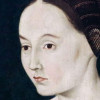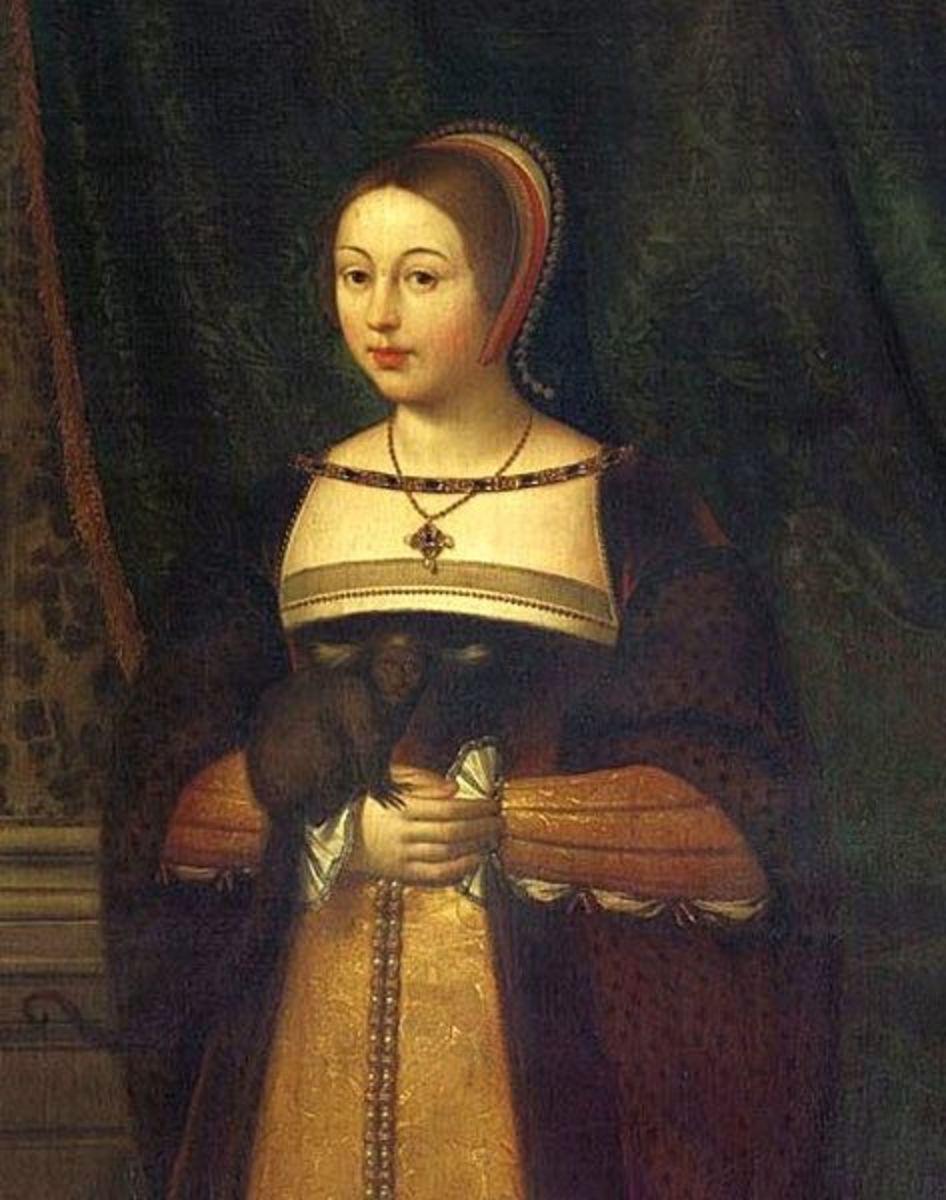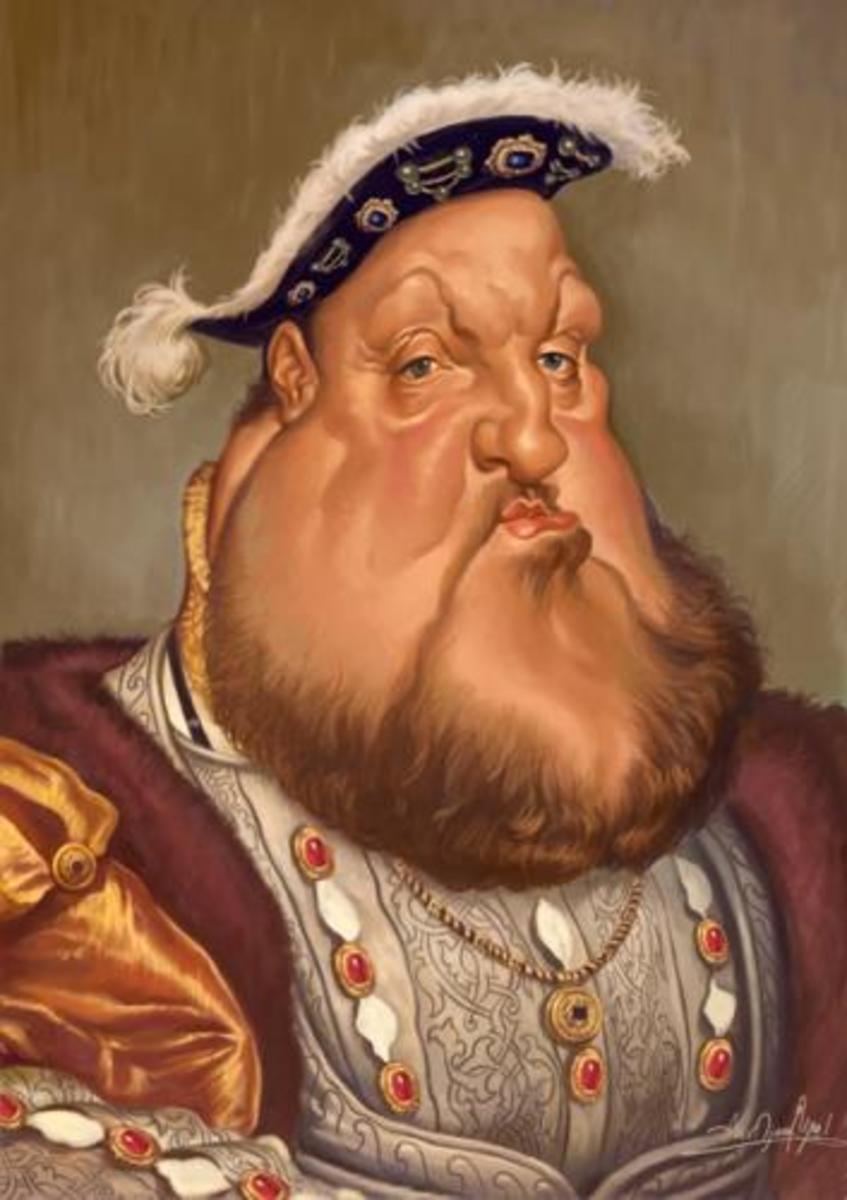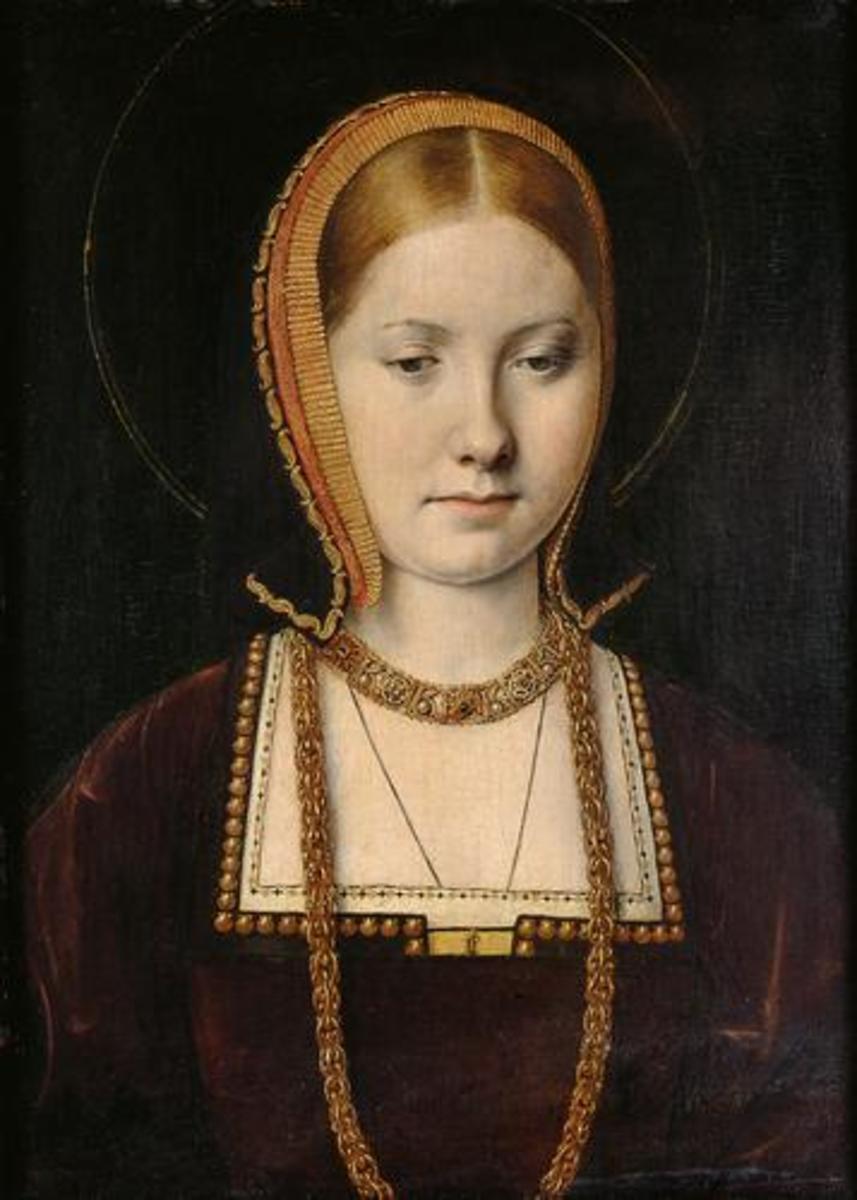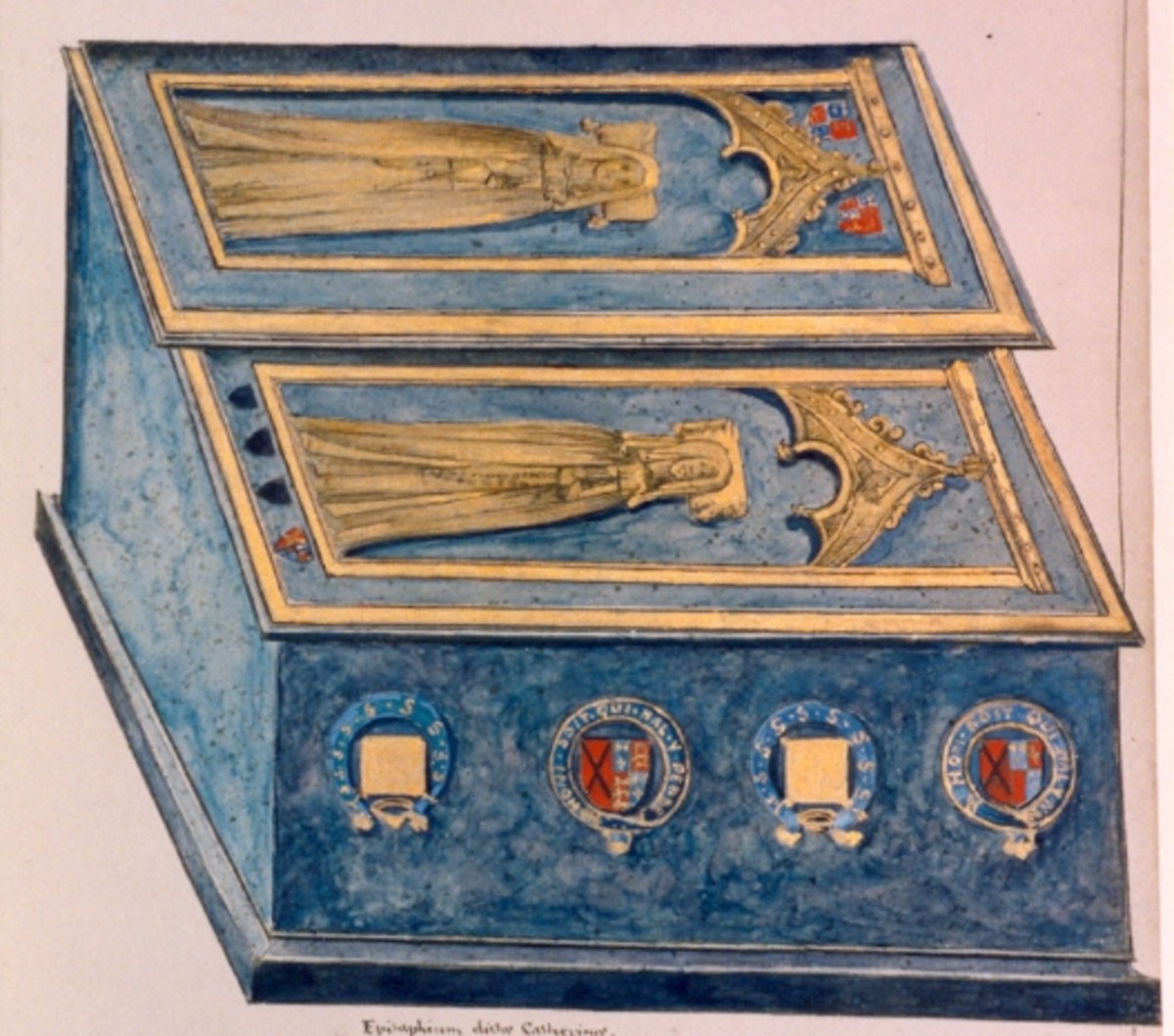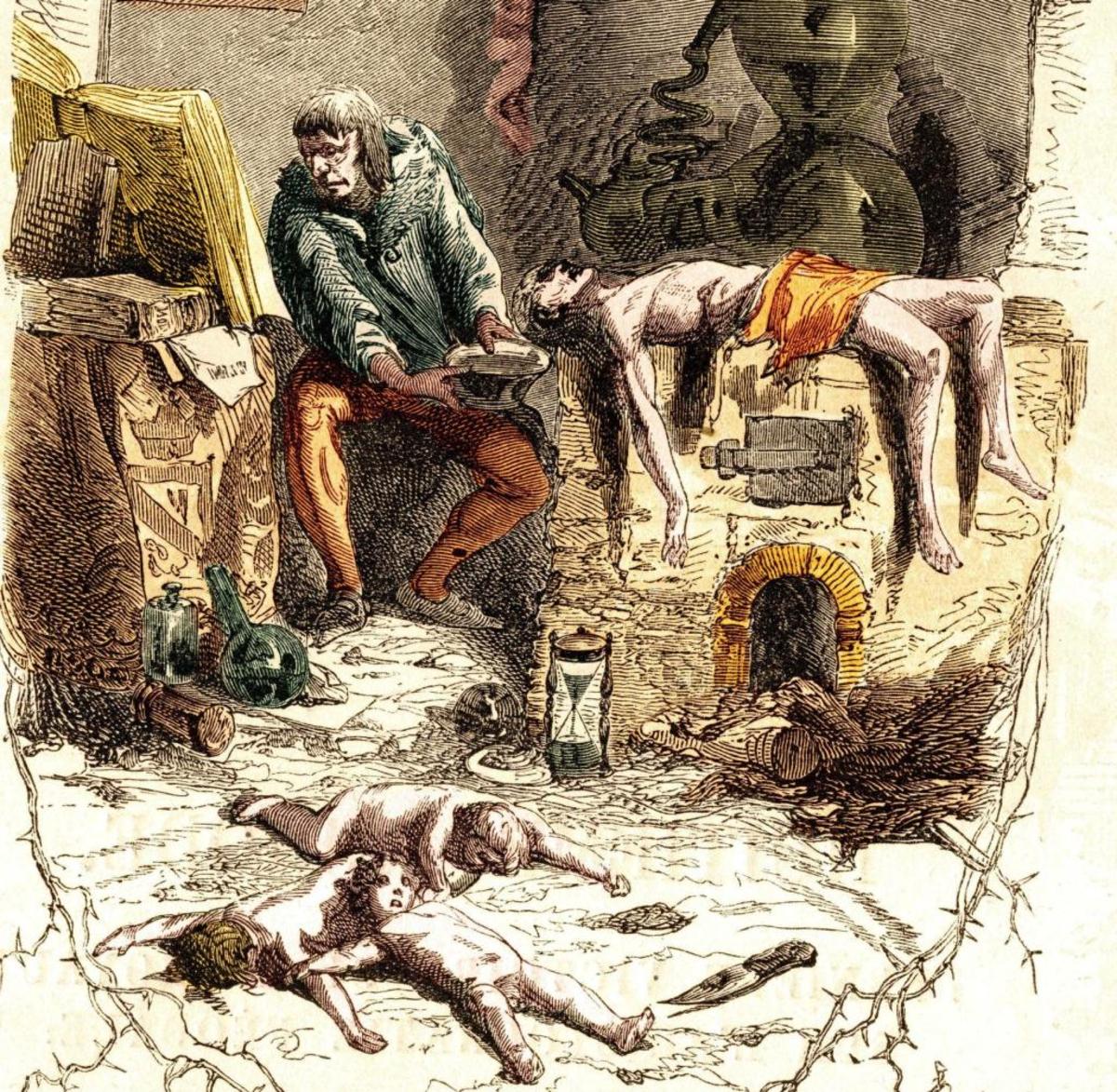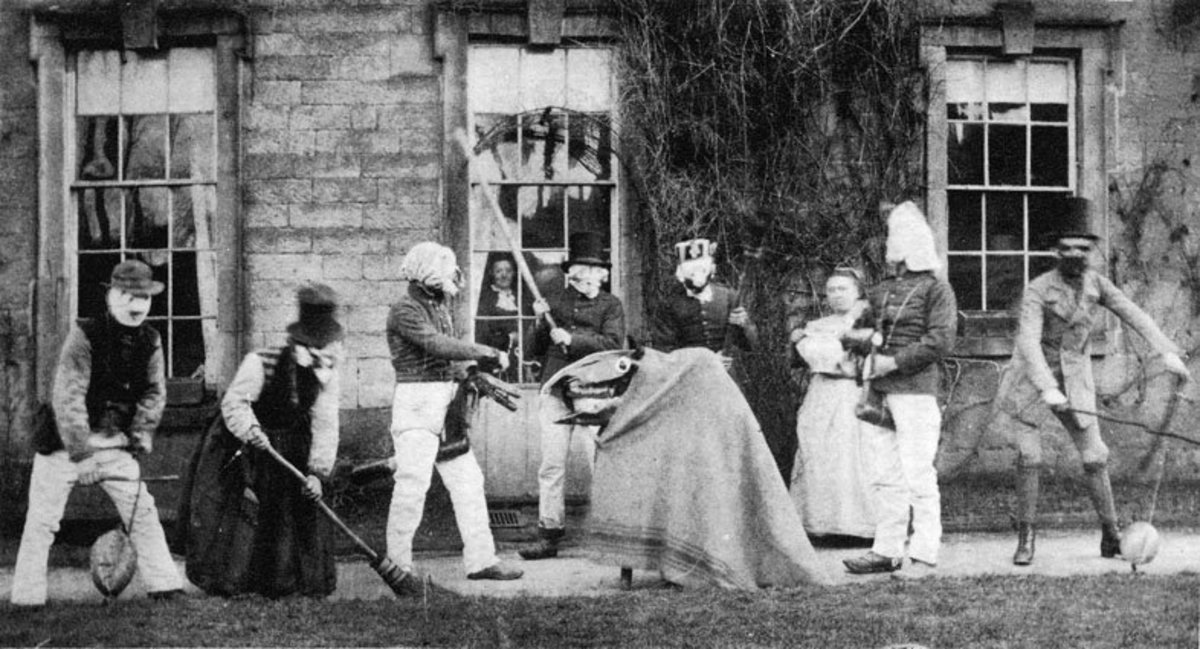Katharine Parr
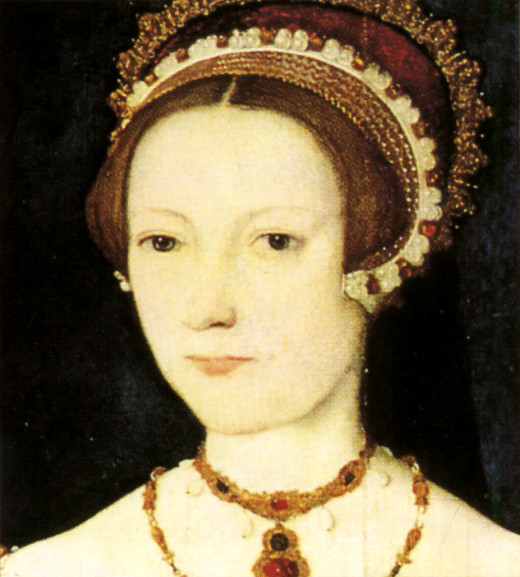


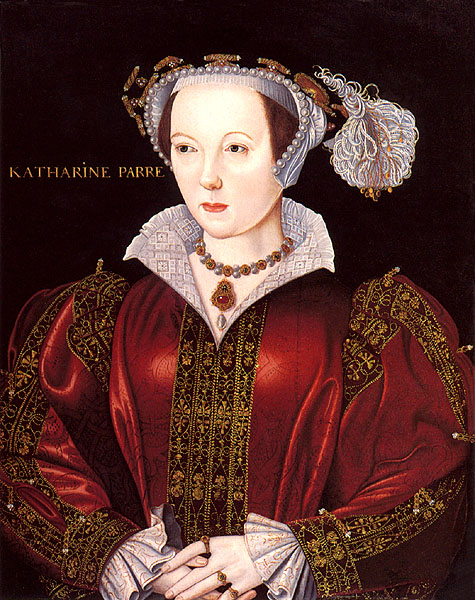
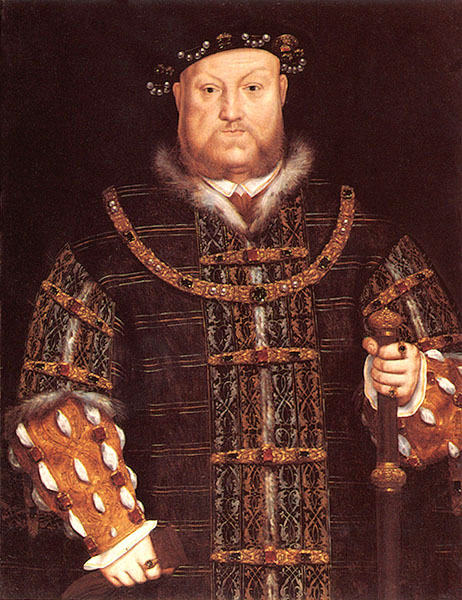
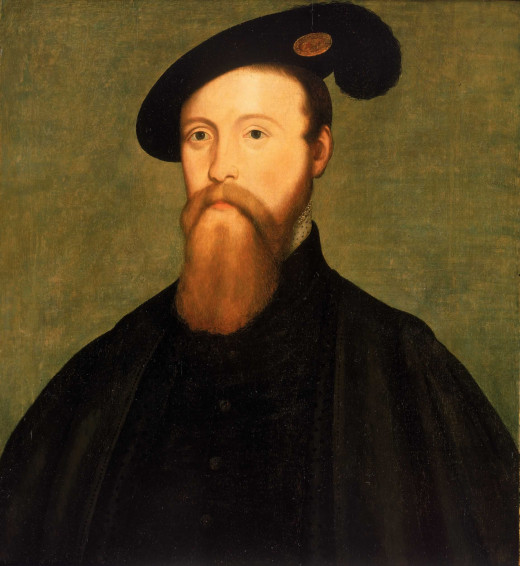

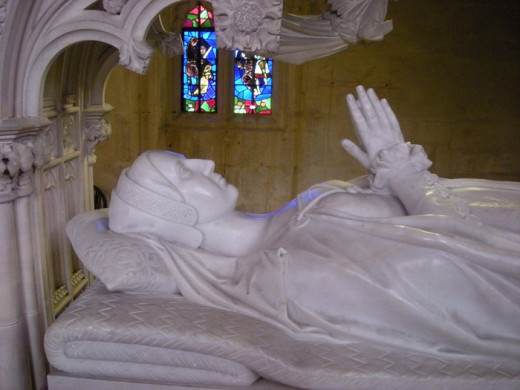
The Sixth Wife
Katharine Parr was born in 1512 to Sir Thomas Parr and his wife Maud. Katharine's mother was a lady-in-waiting to Katherine of Aragon, who was then Queen, and she probably named her daughter after her.
Sir Thomas died in 1517 and Maud was left to raise three young children. She did not remarry but instead dedicated herself to their education and attempting to secure good marriages for her children. It was a mark of her reputation that the nobleman Lord Dacre wrote to his son-in-law Lord Scrope and advised him to place his son in Maud Parr's household for his education.
In 1523, Maud attemped to arrange a marriage between Katharine and Lord Dacre's grandson. However, it fell through because Maud could not afford a decent dowry for Katharine. However, by 1533 Katharine had been married twice, firstly to Lord Borough, who died within a few years of the marriage, and secondly to John Neville, Lord Latimer.
Lord and Lady Latimer lived mainly in the North, at Snape Castle in Yorkshire, although they occasionally went to Court. The Pilgrimage of Grace broke out in the mid-1530s. It began as a series of riots protesting against the King's religious reforms, but eventually it became an organised rebellion. Many nobles joined in the rebellion, including Lord Latimer, who became a leader of the rebels, though he would say later that he had no choice but to go.
The rebels came to believe that Lord Latimer had betrayed them for the King's favour. They promptly besieged Katharine and her stepchildren at Snape Castle. Lord Latimer managed to persuade the rebels to release his wife and children. He also managed to survive the purges of the rebels of the Pilgrimage of Grace, but his health was damaged after the strain of the whole affair. After this, Katharine spent more time at court.
The King was showing an interest in Lady Latimer by early 1543, as he gave her a gift of sleeves in February. Lord Latimer was still alive at this point, although he died a month later. King Henry VIII was not the only suitor for the widow's hand in marriage. Thomas Seymour, brother to the late Queen Jane, was also interested in marrying the widow. Years later Katharine would write to Seymour that '...my mind was fully bent, the other time I was at liberty, to marry you before any man I know'. However, the King had decided that he wanted to marry Katharine, and she could hardly refuse him.
King Henry VIII married his sixth wife on 12th July 1543 at Hampton Court. Queen Katharine was already around thirty years old when she married the King of England, and was a complete contrast to his previous wife. Here was no girl, but a mature woman.
Queen Katharine got on well with all of her step-children. Lady Mary came to Court and stayed. Katharine became a sort of mother to Lady Elizabeth and Prince Edward, both of whom became close to her.
In 1544, the King was once more preparing to go to war againt France. He intended to go himself, as he had over thirty years before. In 1513, it was Katherine of Aragon who had been Regent in his absence, and now it was the turn of Katharine Parr, only the second of his wives to be named Regent.
When the King left for France, the Queen accompanied him and bade him farewell at Dover. The Queen wrote many letters to the King during his absence, saying 'I cannot quietly pleasure in anything until I hear from your Majesty'. In September, news arrived that the King had successfully besieged Boulogne and it had surrendered to him. Queen Katharine ordered services of thanksgiving in every town and village in England. The King and Queen were reunited after three months, after the King arrived at Dover.
The following year, in 1545, Queen Katharine published her first book, Prayer and Meditations. It earned her acclaim and she became a patron for the universities of Cambridge and Oxford. Her second book, Lamentations of a Sinner was much more controversial and would not be published in the lifetime of her husband. Whilst Henry VIII would remain a Catholic until his last breath, Katharine herself was a Protestant. In the 1540s Henry was determined to stamp out what he saw as heresy, and this meant that if Katharine's own beliefs were discovered, she could be in danger.
The Catholic faction at the Tudor Court was headed by the Duke of Norfolk and Bishop Gardiner of Winchester. By 1546, Queen Katharine's enthusiasm for religious debate was irritating the King as she would often correct him. It was not something that Henry relished, and he complained to the Bishop of Winchester that he was being 'taught by my wife'. Bishop Gardiner suspected that the Queen was a heretic, and in the King's complaint he saw his chance to bring her down. He told the King that 'those who were so bold in words would not scruple to acts of disobedience', and hinted at a Protestant conspiracy.
The King's reaction was to allow the creation of a warrant for the Queen's arrest for heresy. The warrant was entrusted to an unknown member of the Privy Council, who dropped it - perhaps deliberately. It was found by a member of the Queen's household, and taken straight to Katharine.
Queen Katharine broke down when she saw the document. Her reaction was not surprising in view of the fact that she was married to a man who had two of his wives executed. If Katharine was condemned as a heretic, the punishment would be burning at the stake. King Henry could hear the Queen crying and sent his doctors to her, believing her to be ill. However, he had confided in Doctor Wendy that he was considering getting rid of the Queen, and Doctor Wendy told this to Katharine, advising her to 'conform' to the King's mind.
After she recovered herself, Queen Katharine went to the King's chambers, and Henry brought up religion. Katharine told the King that as a woman, she was inferior to him and that she would 'refer my judgement in this, and in all other cases, to your Majesty's wisdom'. The King wasn't buying it, and told her that 'ye are become a doctor, Kate, to instruct us, as oftentime we have seen, and not to be instructed or directed by us'. Katharine told him that she debated with him to learn from him, and to distract him from the pain of his 'present infirmity'. The King was pacified. 'Then we are perfect friends, as ever at any time heretofore', he declared.
The following afternoon, the King and Queen were walking in the palace gardens when Lord Chancellor Wriothesley arrived with guards, ready to arrest the Queen. The King turned on his Chancellor, calling him names, and Queen Katharine, who secretly knew why the Chancellor had come, offered to intercede for him. 'Ah, poor soul, thou little knoweth Kate...' said the King.
After this time, Queen Katharine's position was secure. In December 1546, a plot was discovered. It appeared that there had been a plan or an idea to replace Katharine with Mary Howard, daughter of the Duke of Norfolk. It appeared to have its origins with the Duke of Norfolk's son, Henry Howard, Earl of Surrey. Both Surrey and Norfolk found themselves in the Tower.
On Christmas Eve, the King made his last speech to parliament. The men were so overwhelmed that they cried. The King also sent the Queen and his daughters to Greenwich for Christmas whilst he remained in London. The Queen returned to London on January 10th.
The Earl of Surrey was executed on the 19th of January. Norfolk was still in the Tower and wrote a letter to the King, pleading for mercy, and mentioning 'the malice borne me by both my nieces, whom it pleased the King to marry', meaning Anne Boleyn and Catherine Howard. The King ignored the pleas as he was busy arranging the Regency Council for the minority of the young Prince Edward.
The King's health was failing, and days later he finally agreed to send for Archbishop Cranmer. When Cranmer reached the King, he was already beyond speech. The Archbishop held his hand and asked him to 'give him some token that he put his trust in God'. The King squeezed Cranmer's hand.
On the 28th January 1547 at two o'clock in the morning, King Henry VIII was dead. He was fifty-five years old and had reigned for 38 years. Katharine Parr was now the Queen Dowager and her stepson became King Edward VI.
Katharine remained in mourning for a brief period. She was now very wealthy, and certainly marriageable. She married Thomas Seymour, her old suitor from 1543, in secret, and before the end of May the same year. When King Edward learned that they had married, he recorded simply that 'Lord Seymour of Sudeley married the Queen'. One person who did not approve of the marriage was Lady Mary, who felt that the Queen's remarriage so soon after the death of her father was tactless.The marriage of Seymour and Katharine appeared to be happy for the most part. Lady Elizabeth and her cousin Lady Jane Grey both went to live with Seymour and Katharine.
She also became pregnant for the first time, despite it being her fourth marriage. She was already in her thirties and during this period many women did not survive childbirth. At the beginning of her pregnancy, cracks began to show in her marriage.
In the mornings, Seymour would enter Elizabeth's bedchamber, wearing only his nightclothes. He would stay if Elizabeth was in bed, but if she was dressed, then he would leave. He would play games with her openly as her 'stepfather', so that nobody would be suspicious. On at least one occasion, Katharine joined in the game, holding Elizabeth down whilst Seymour cut her gown to pieces.
There was a story that one day the Queen found Seymour and Elizabeth embracing. Whatever actually happened, the Queen decided to send Lady Elizabeth away, and the girl left in May 1548.
On the 30th August 1548, Katharine gave birth to a girl named Mary. However, like many other women of the age, Katharine fell victim to pueperal fever, and she fell into delirium, saying 'those that are about me care not for me'. Her husband replied, 'Why, sweetheart, I would you no hurt'. Katharine's response was 'No, my lord, I think so'. She was able to recover sufficiently from her delirious state to make her will.
Katharine Parr died on 5th September 1548, aged thirty-six years, and having survived King Henry VIII by just over a year. She was buried in a grave in the chapel at Sudeley, but it was not until centuries later that her tomb was properly commemorated. Her fourth husband was executed the following year, and it appears that her daughter died early in childhood. Katharine Parr was a great influence on the future Elizabeth I, and she was remembered in her stepdaughter's reign.
